01:00
Advanced Data Visualization
ISI-BUDS 2025
ggplot resources
We have barely touched the surface of ggplot2.
Some examples

North Circumpolar Region from the Dunhuang Star Chart circa 649-684 CE.
Recommended reading
Funkhouser, H. G. (1937). Historical Development of the Graphical Representation of Statistical Data. Osiris, 3, 269–404. Chapter 2 is on The Origin of the Graphic Method.
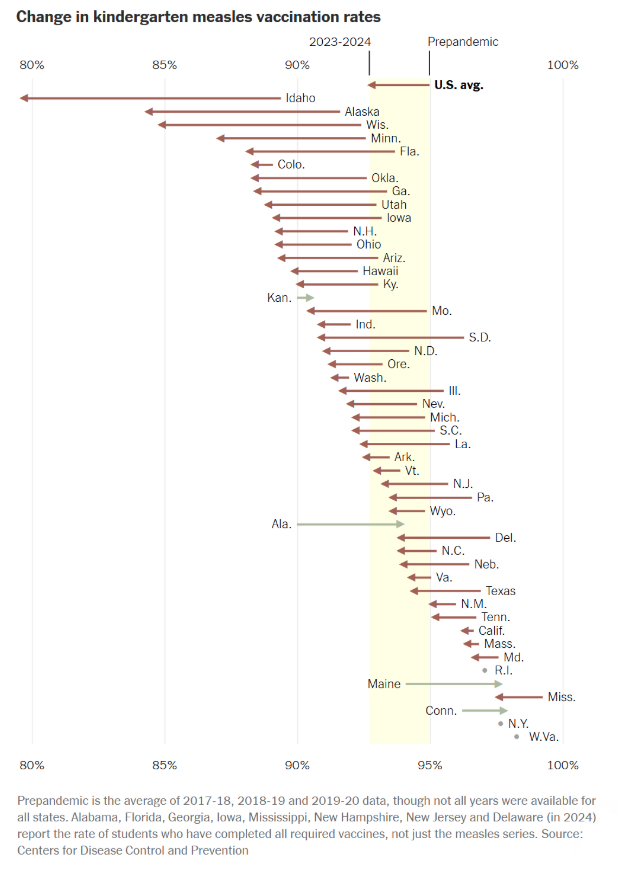
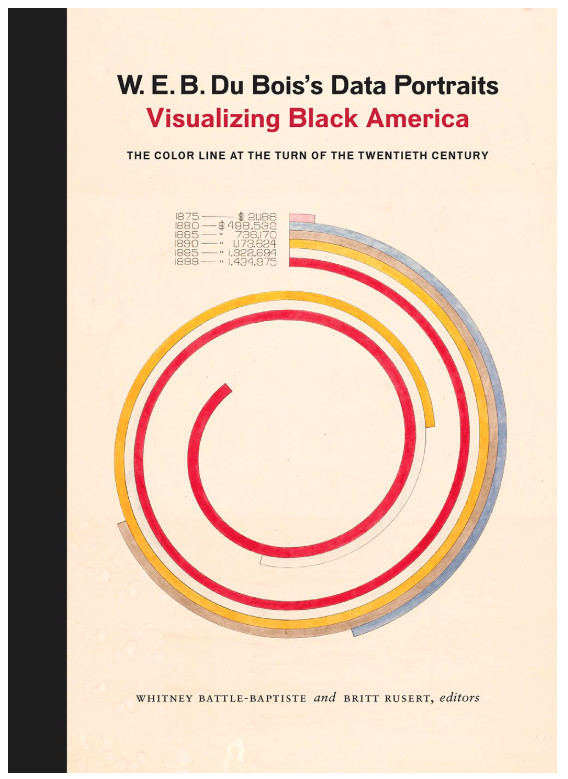
Assessed value of household and kitchen furniture owned by Black people in Georgia.
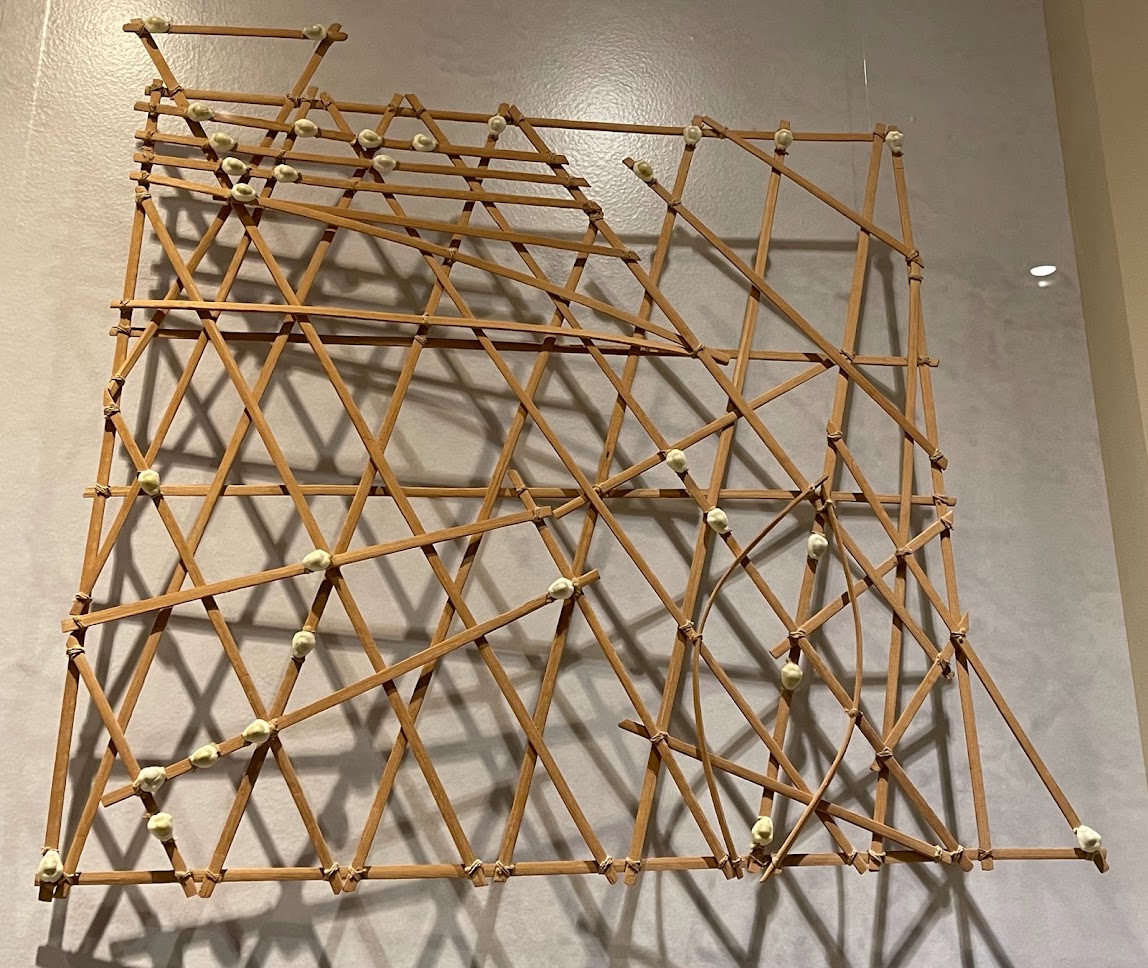
20th century navigational chart from Kwajalein Attoll, Marshall Islands, Micronesia on display at Bower Museum in Santa Ana. Photo by Mine Dogucu.
Wanda Díaz-Merced is a Puerto Rican astronomer known for using sonification while studying stars. She is the director of the Arecibo Observatory.

Same-sex marriages in Buenos Aires City by Macarena Zappe

COVID related deaths table by the Economist
Mapping
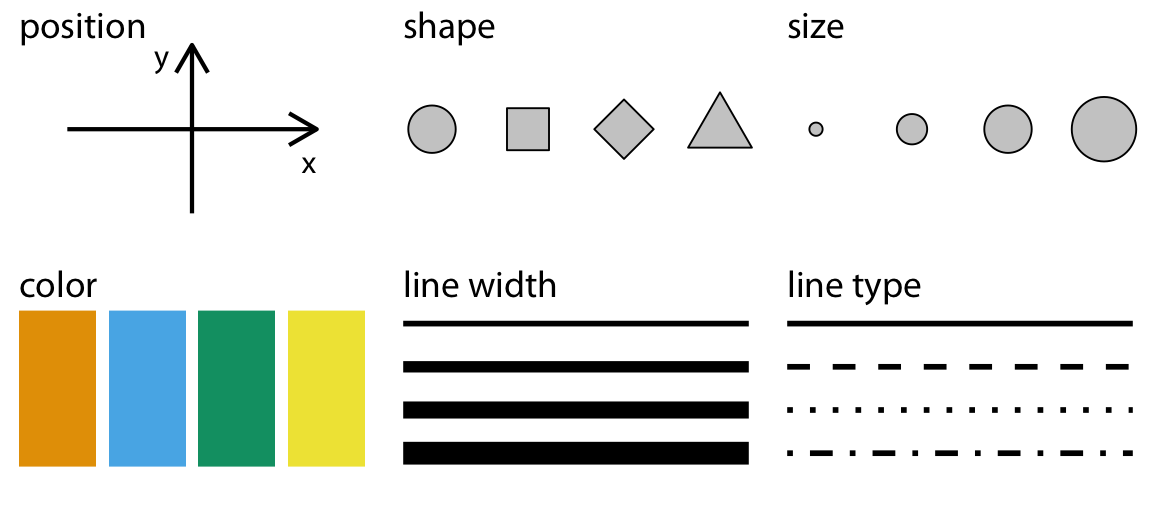


Some important principles for data visualization
Avoid deception
Truncated Axis

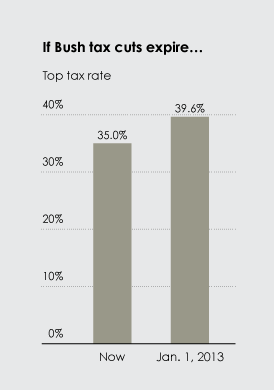
“The principle of proportional ink: The sizes of shaded areas in a visualization need to be proportional to the data values they represent.” (Bergstrom and West, 2016)
Aspect ratio

Choose colors with a purpose
Color for grouping
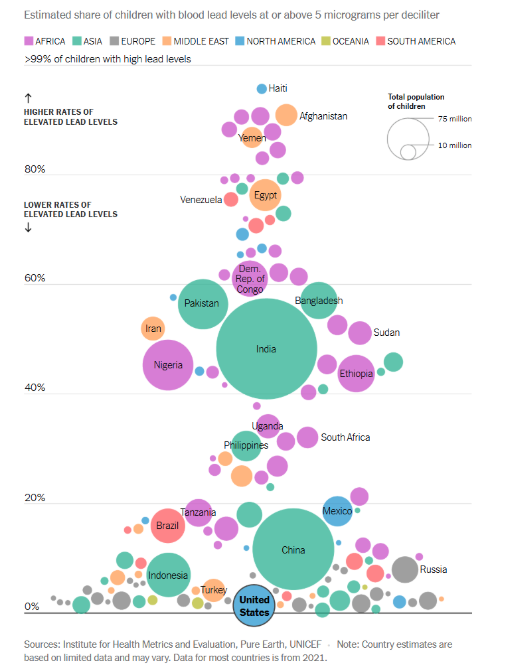
Color for representing numeric values

Color for emphasis
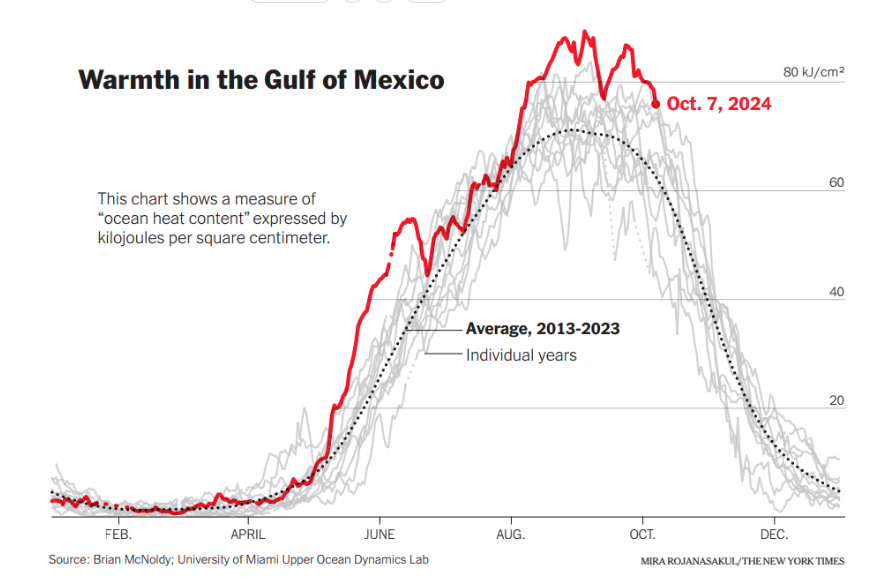
Color Theory

How to Pick a Color Palette
Okabe-Ito Color Palette
In 2008, Masataka Okabe and Kei Ito proposed a color palette that is accessible to people with various color deficiencies. We use their last names referring to the color palette.
Okabe-Ito Color Palette

The codes displayed with a hashtag are called hex color code. You can use hex codes in R (and in HTML) to specify colors.
Color-Blindness Simulation
By storing the plot as an object named species_bills, we will be able to use it in other functions.
Color-Blindness Simulation
The cvd_grid() function from the colorblindr() package creates a grid of different color-deficiency simulations.
Deuteranomaly is reduced sensitivity to green light Protanomaly, is reduced sensitivity to red light Tritanomaly is reduced sensitivity to blue light Desaturated is no color difference
Color-Blindness Simulation

Okabe-Ito Color Palette

Okabe-Ito Color Palette

Fonts matter
Fonts matter for clarity

Fonts matter for the message
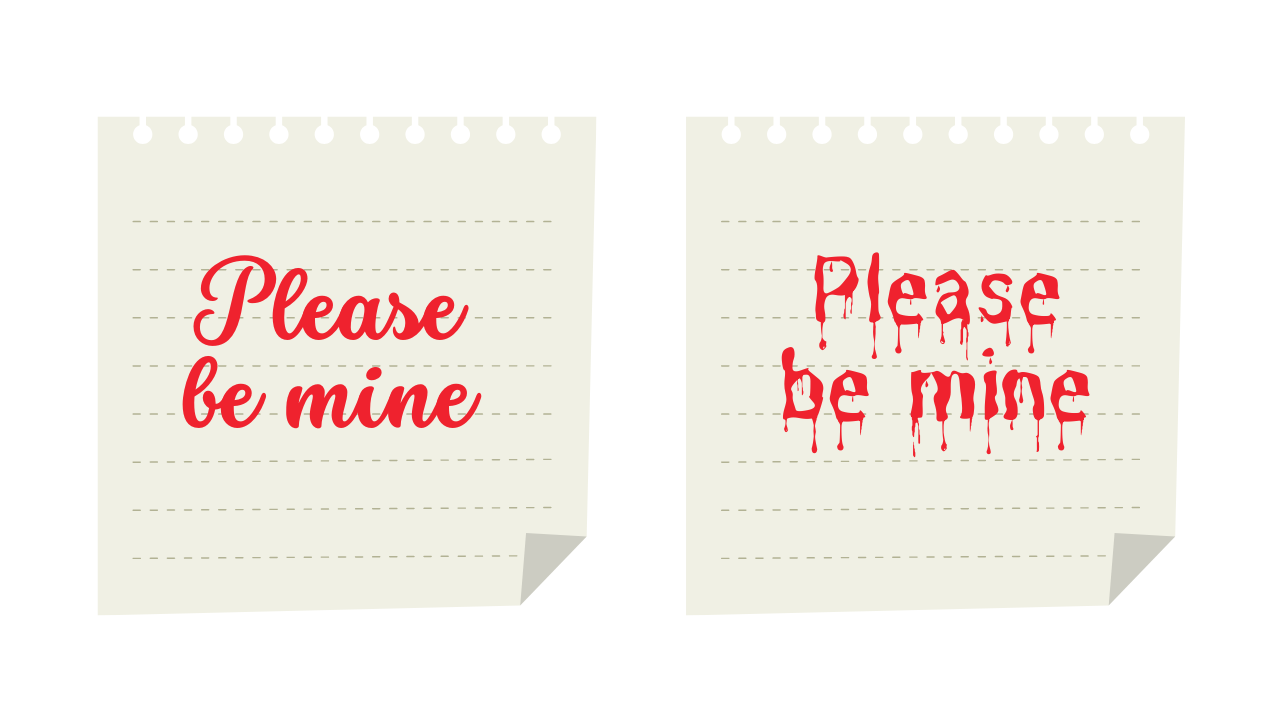

Tip
Use lining and tabular fonts for numbers.

Write alternate text
Screen reader example
The video shows use of a screen reader briefly.
Alternate Text
- “Alt text” describes contents of an image.
- Screen-readers cannot read images but can read alt text.
- Alt text has to be provided.
Manual Alternate Text
Chart type
Type of data
Reason for including the chart
Link to data or source (not in alt text but in main text)
Description conveys meaning in the data
Variables included on the axes
Scale described within the description
Type of plot is described
Alt Text in Quarto
```{r}
#| fig-align: center
#| fig-cap: Relationship between bill depth (mm) and length (mm) for different species of penguins
#| fig-alt: The scatterplot shows bill depth in mm on the x-axis and bill length in mm on the y-axis with points differently colored for different species as Adelie, Chinstrap, and Gentoo. The x axis ranges from about 12.5 mm to 22.5 mm. The y-axis ranges from about 30 to 60 mm. For all species the relationship seems moderately positive. When comparing the three species, Adelie penguins seem to have longer bill depth but shorter bill length. Chinstraps have longer bill depth and longer bill length. Gentoo penguins have shorter bill depth and longer bill length.
ggplot(penguins, aes(x = bill_depth_mm,
y = bill_length_mm,
color = species)) +
geom_point(size = 4)
```
Relationship between bill depth (mm) and length (mm) for different species of penguins
Caption vs. Alt Text
Figure captions (fig-cap) appear on the front-end of a document and is accessible to all whether they are reading it directly or via screen readers.
Figure alternate text (fig-alt) only appears on the back-end of a document and is accessible to screen readers and those who know how to investigate the source code of a (HTML) document.
Even though, we are using captions and alternate text in Quarto, these are available features in many other software (e.g., Google doc, PowerPoint etc.)
Label axes and titles meaningfully


Don’t make the viewer squint


Don’t make the viewer do the math
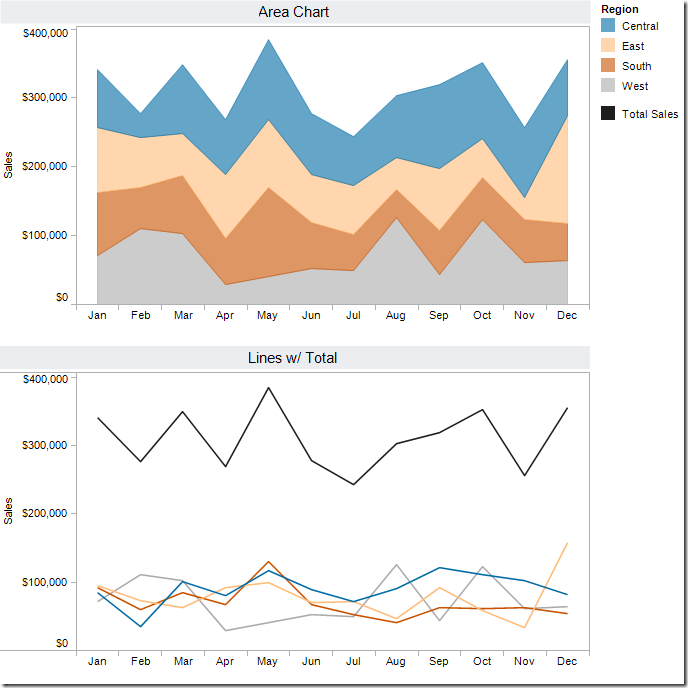
An example
Many design decisions go into making a data visualization. The following example is from one of my favorite data visualization experts Cara Thompson shared with CC-BY license.
Data context
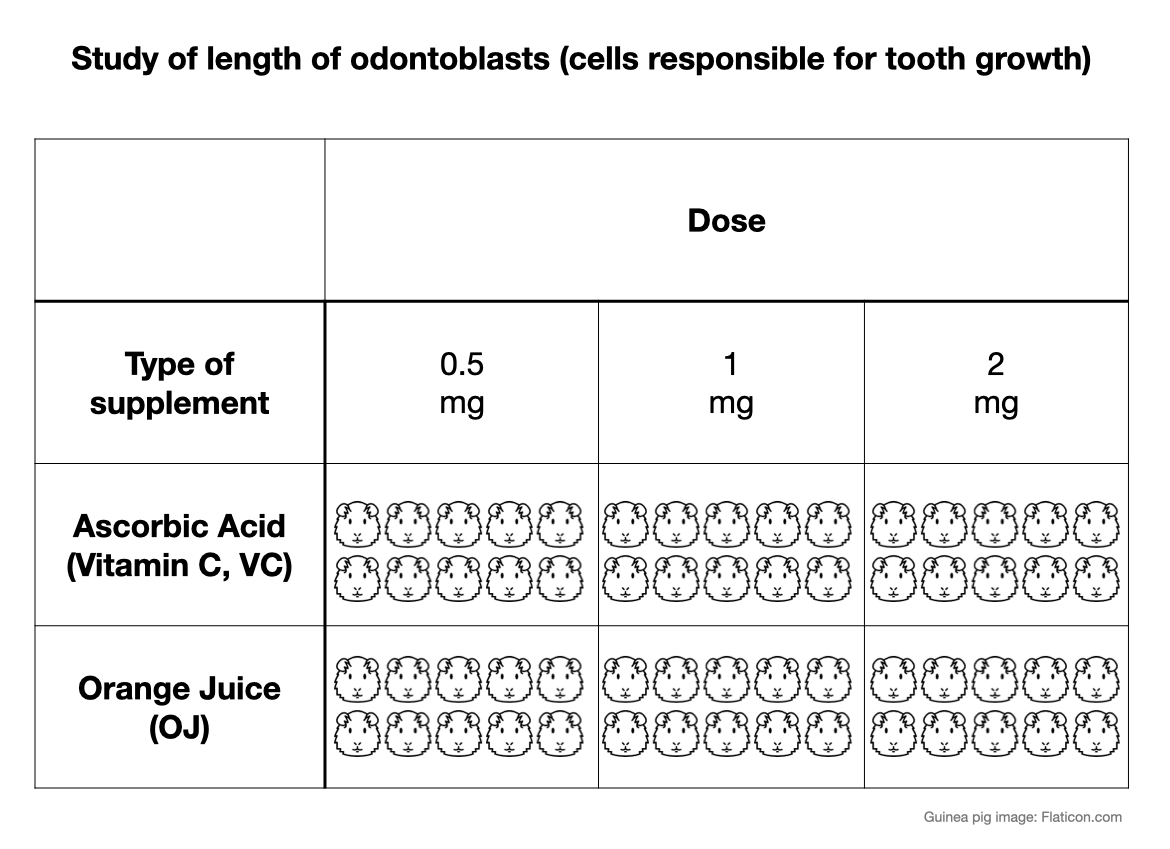


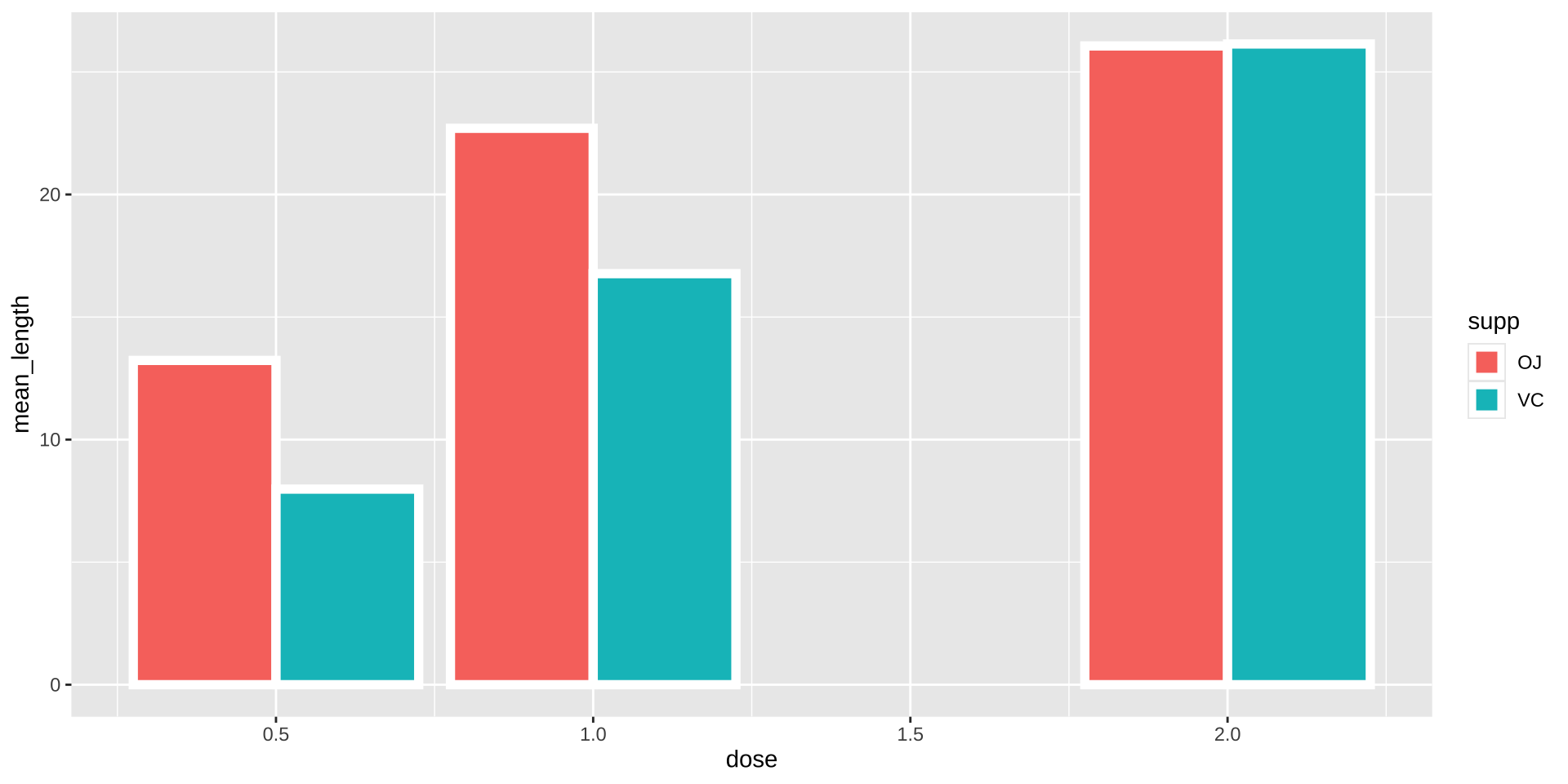


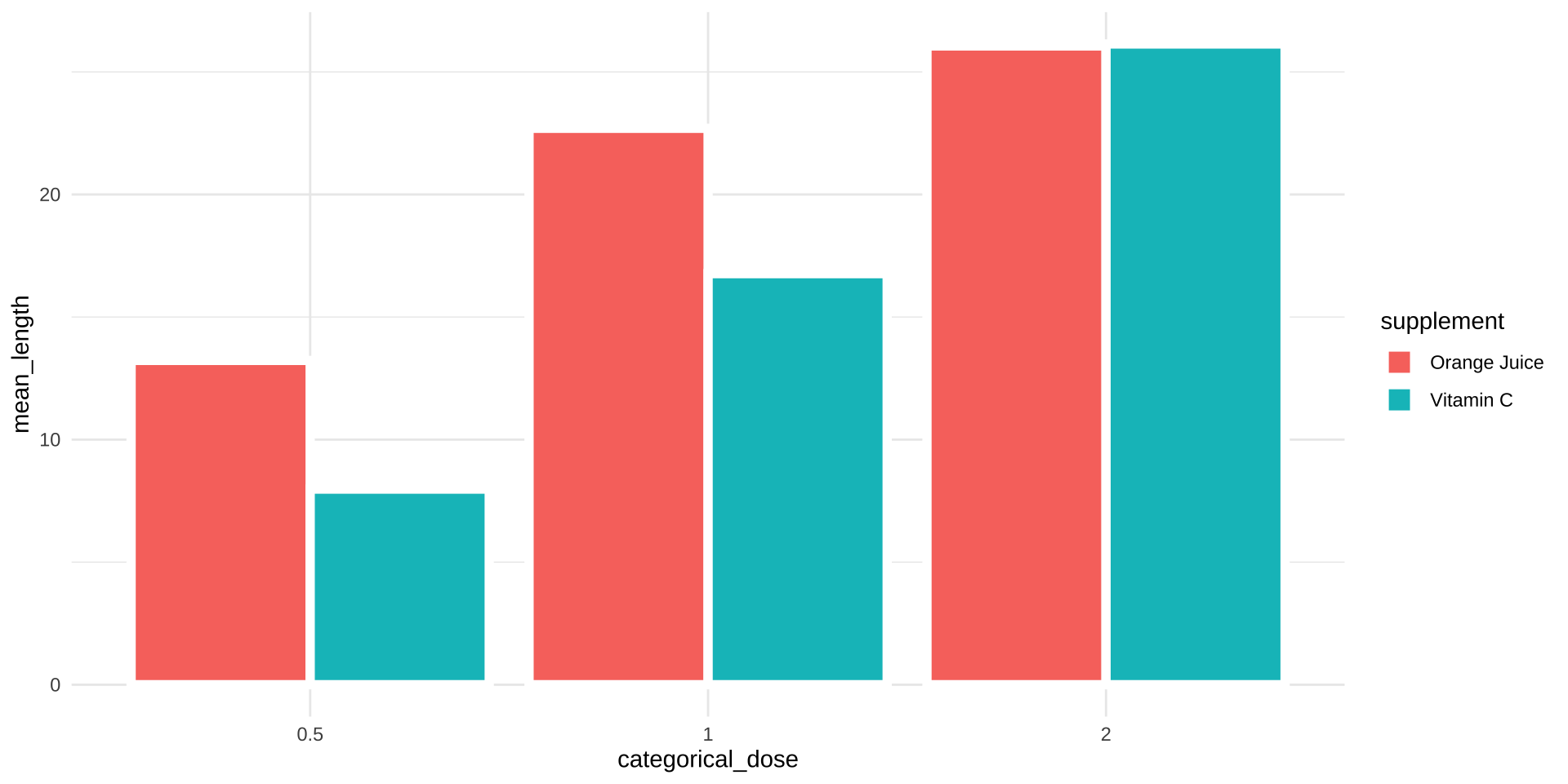

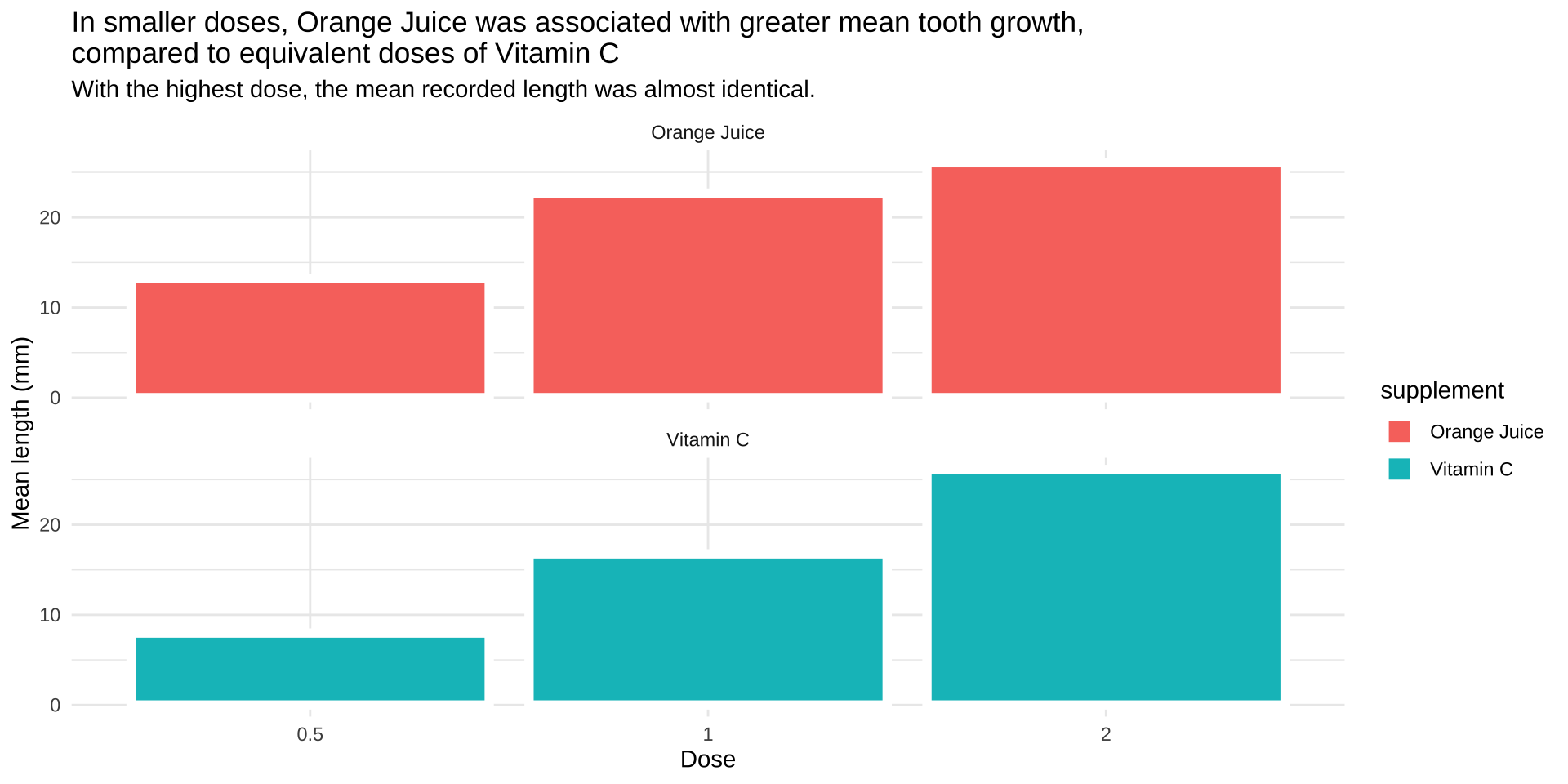

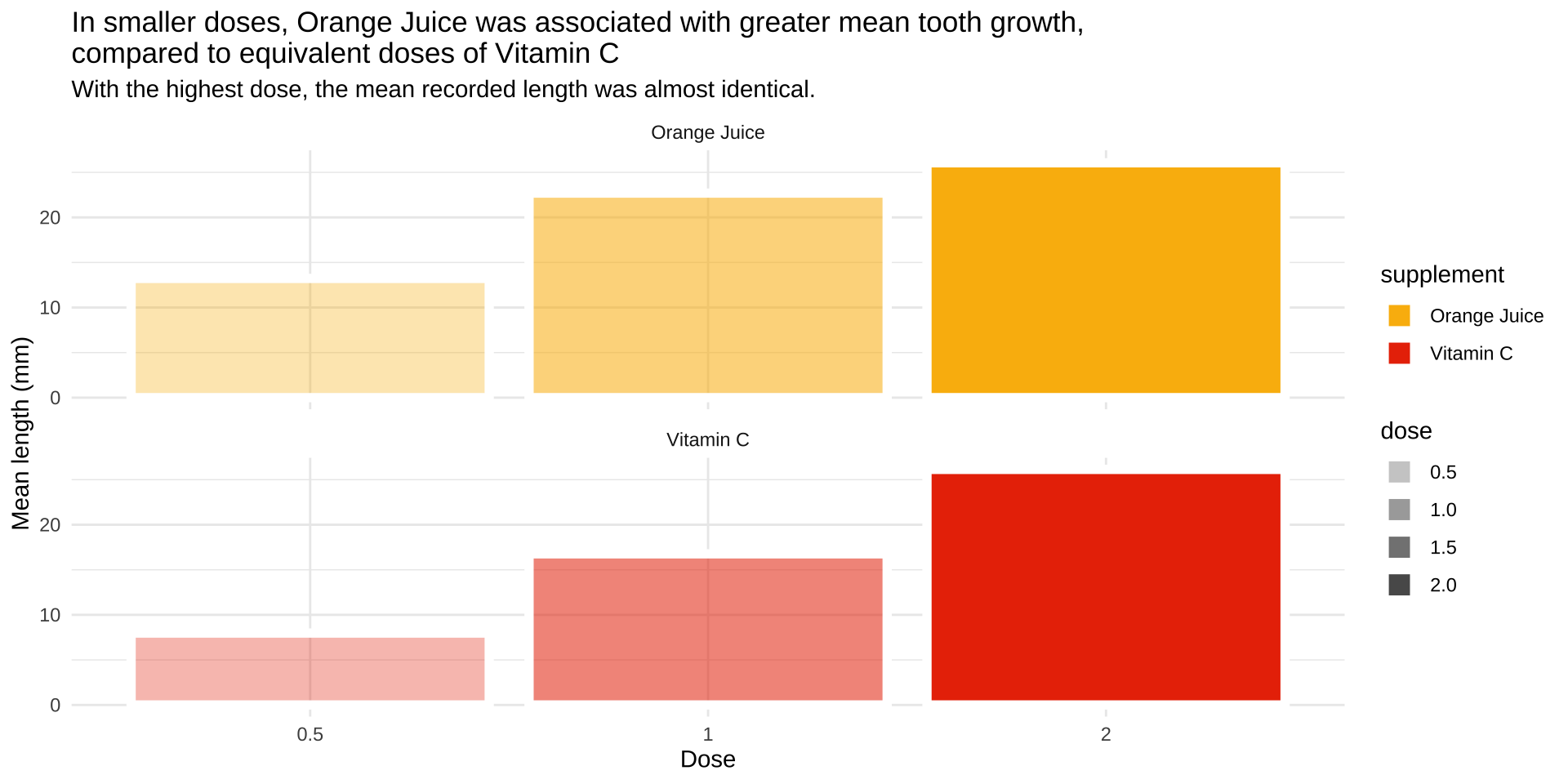
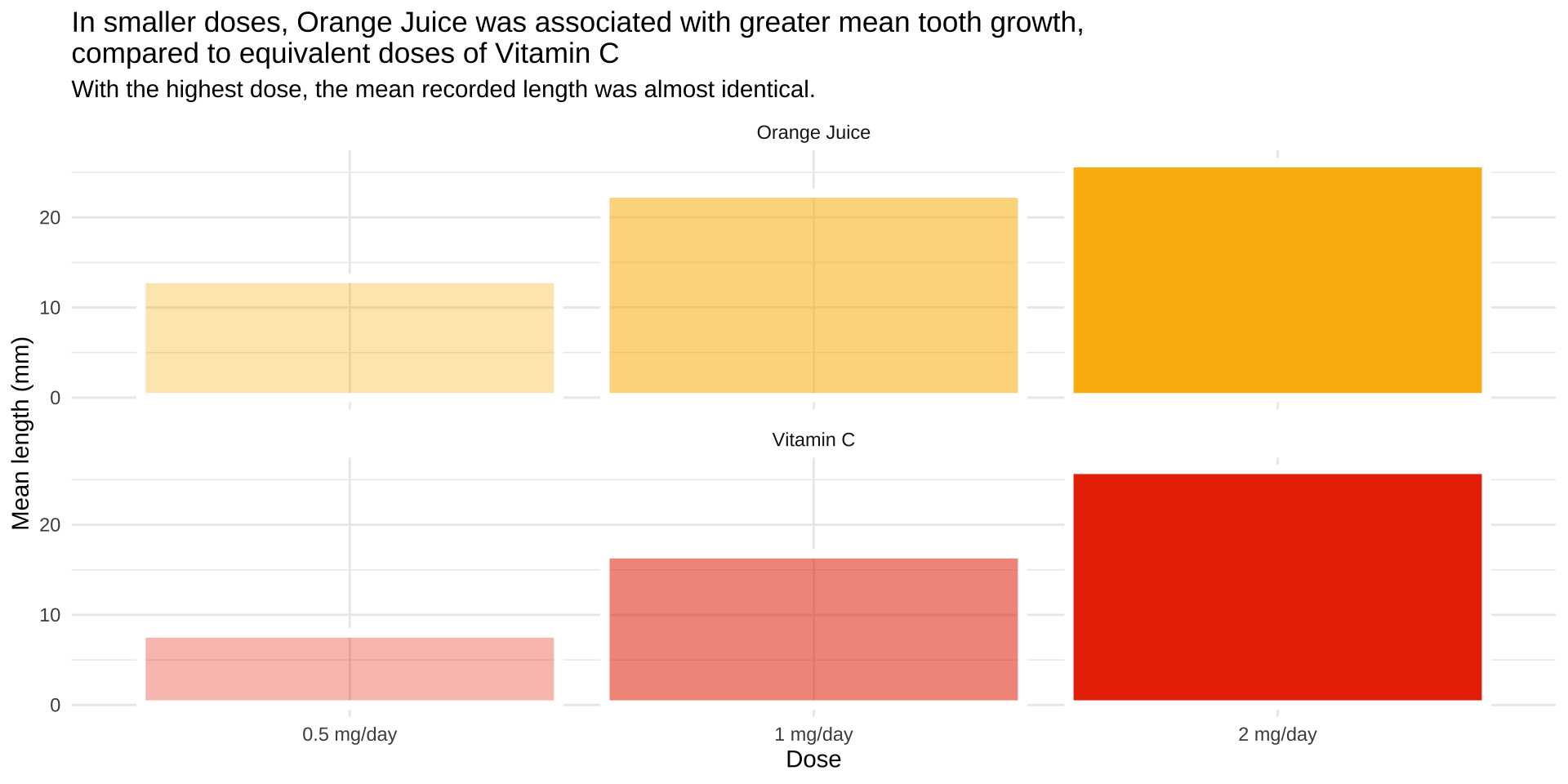
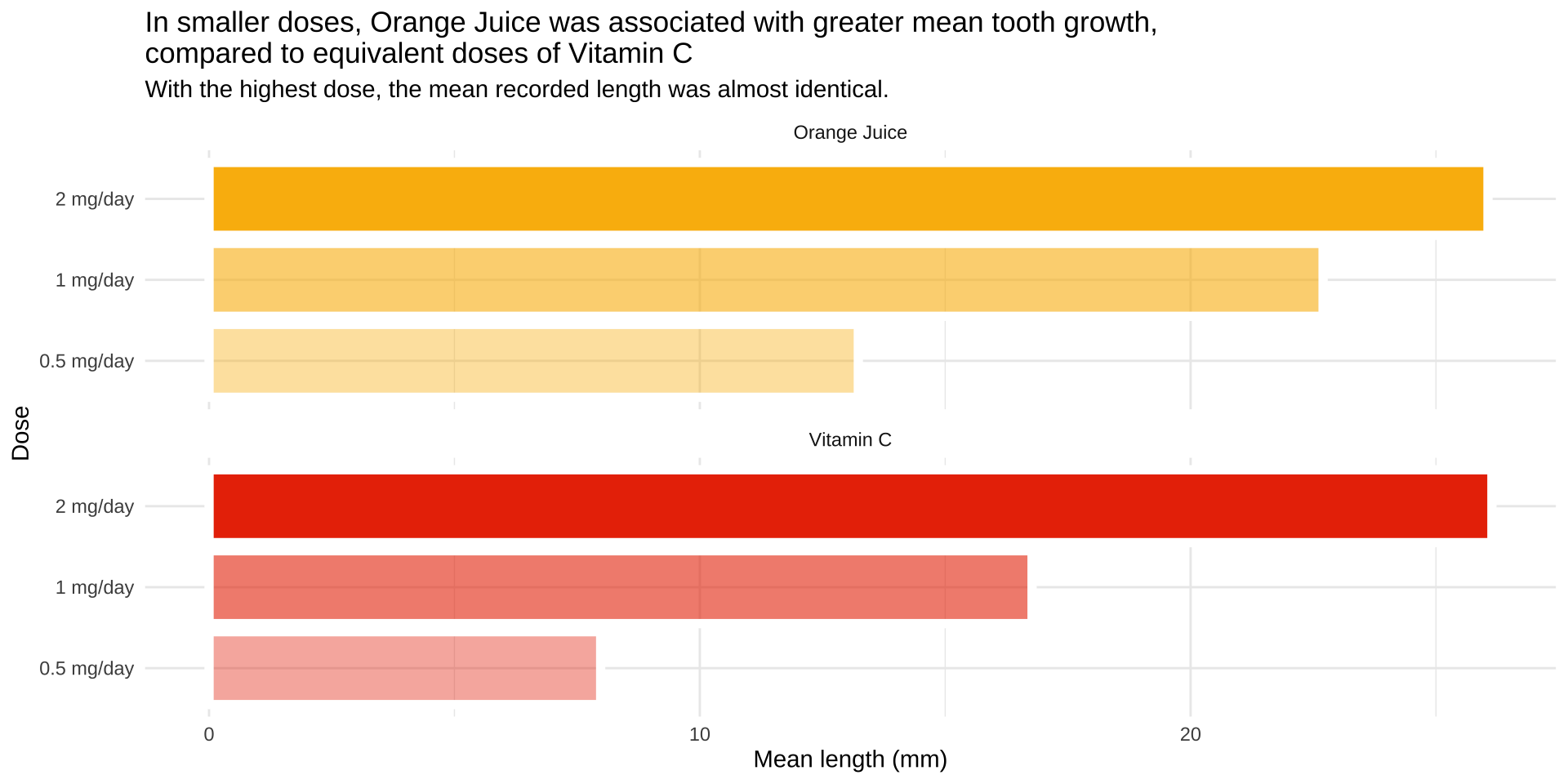
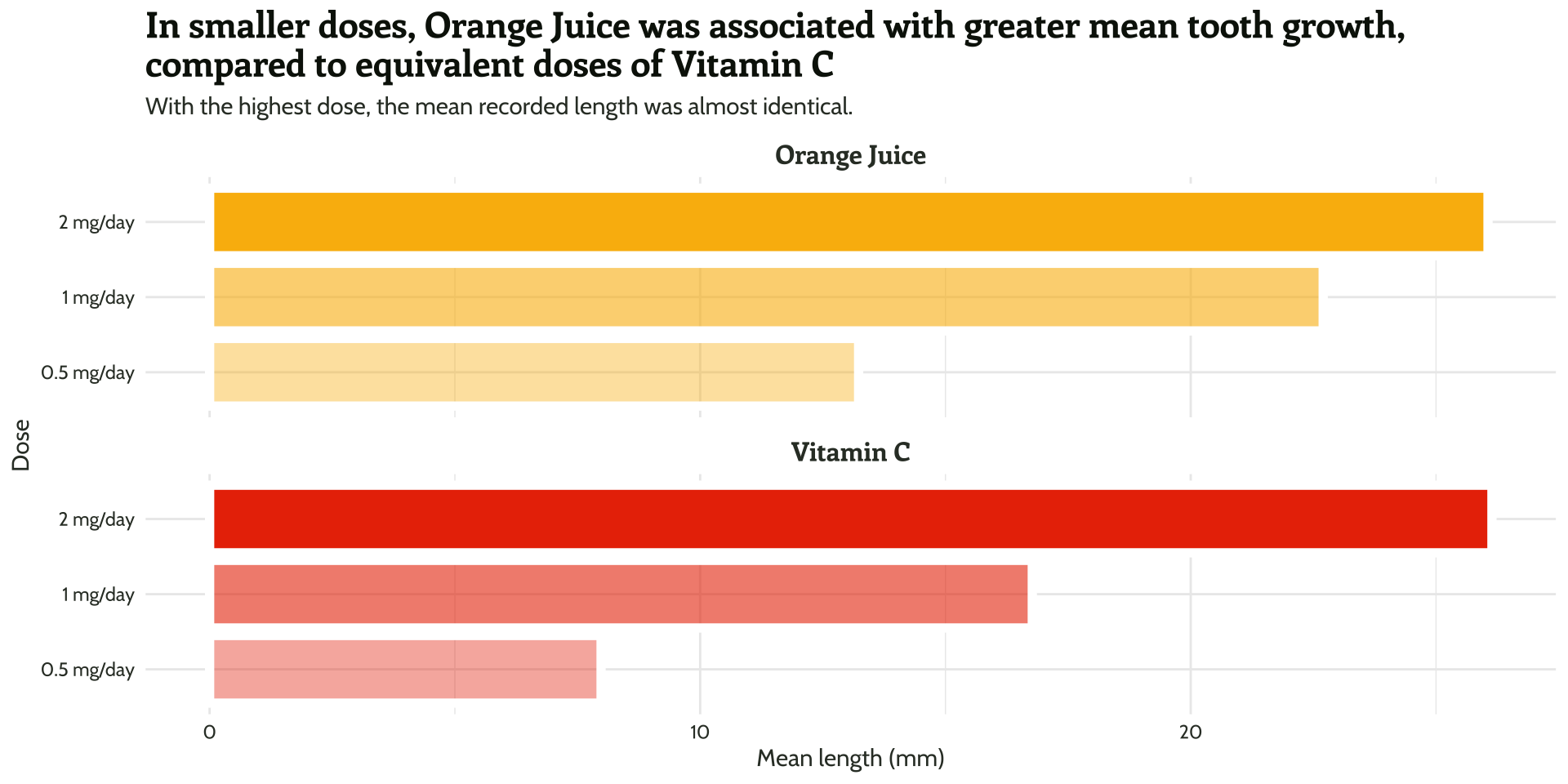

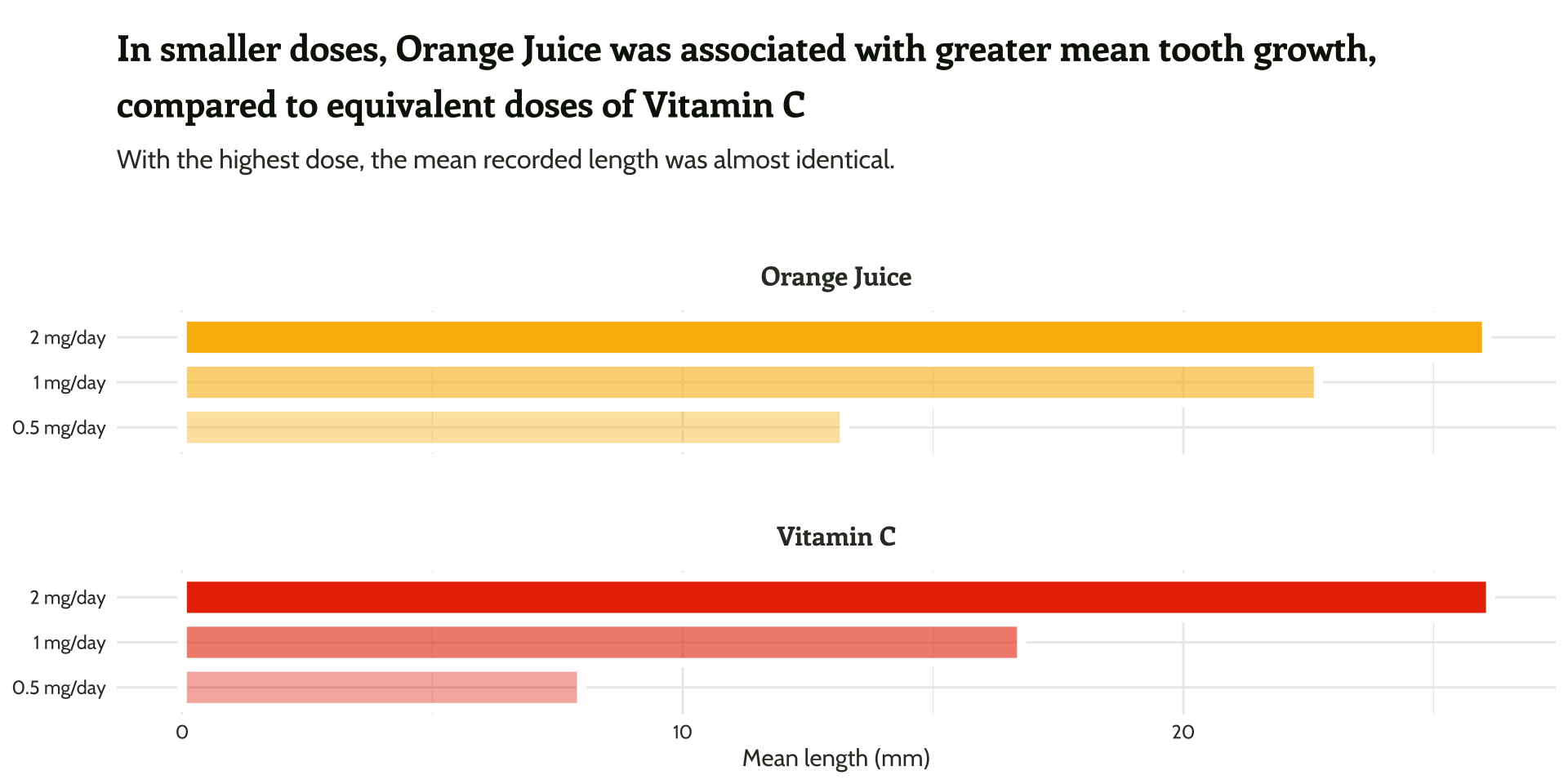
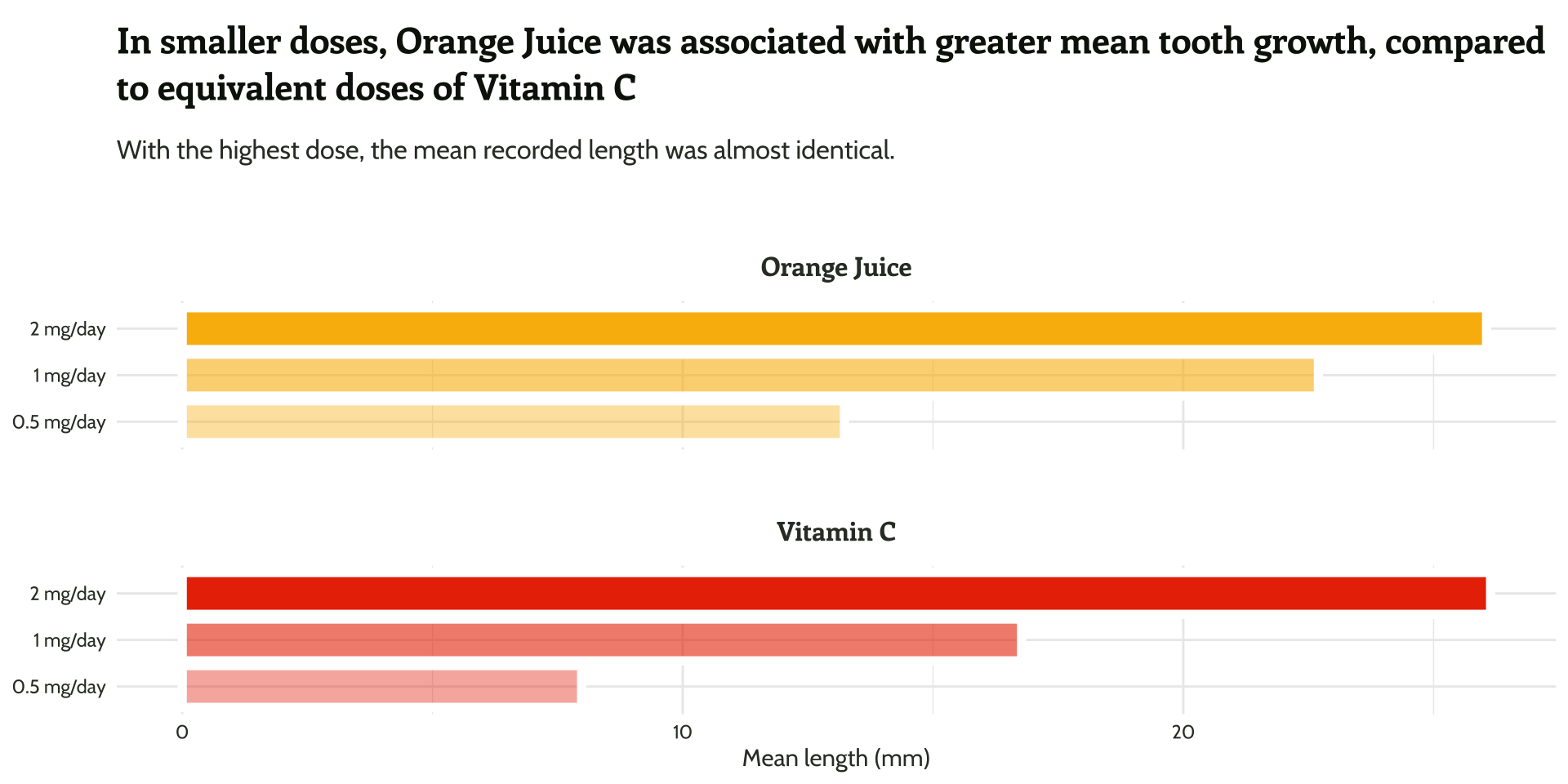
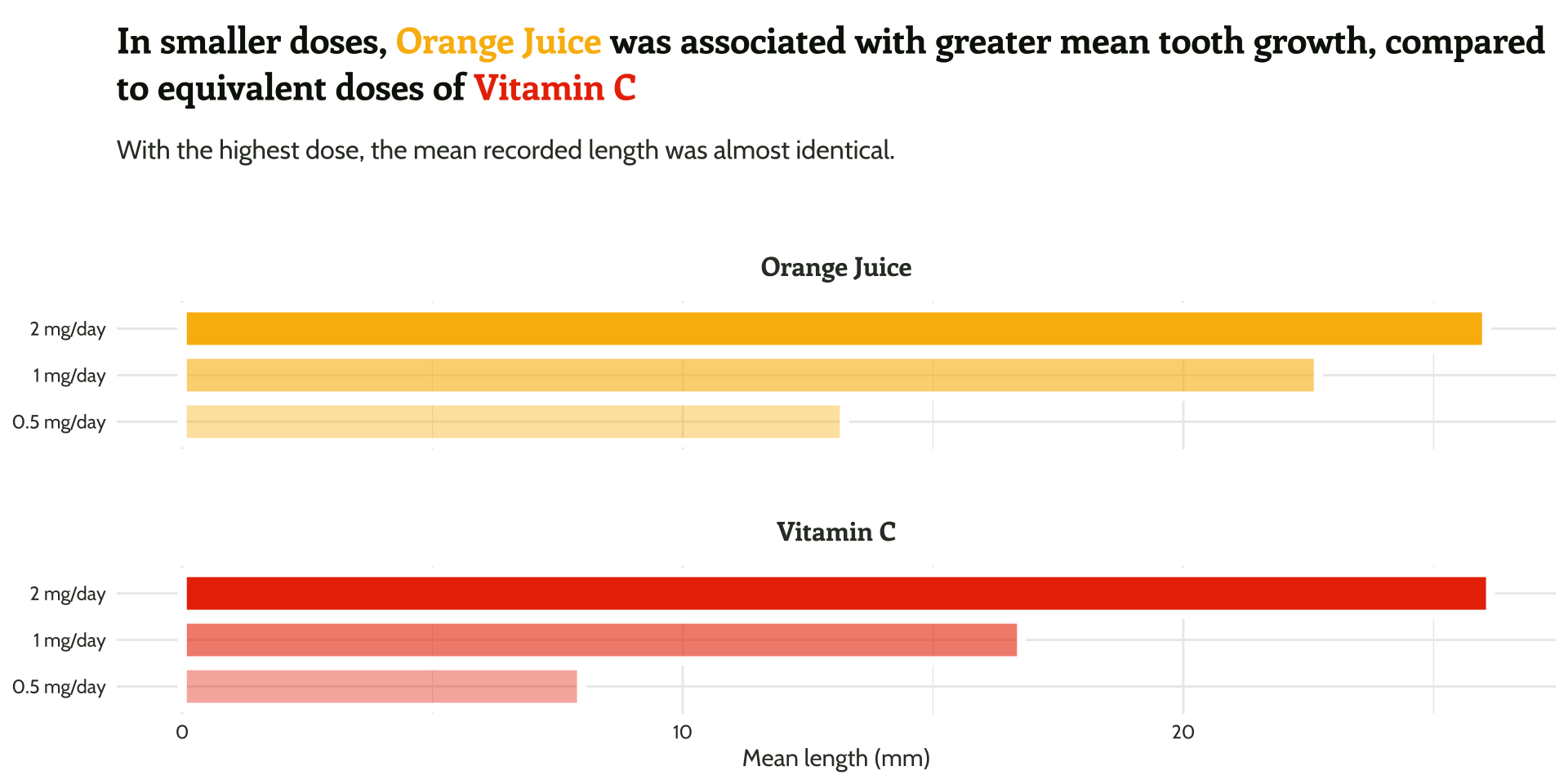
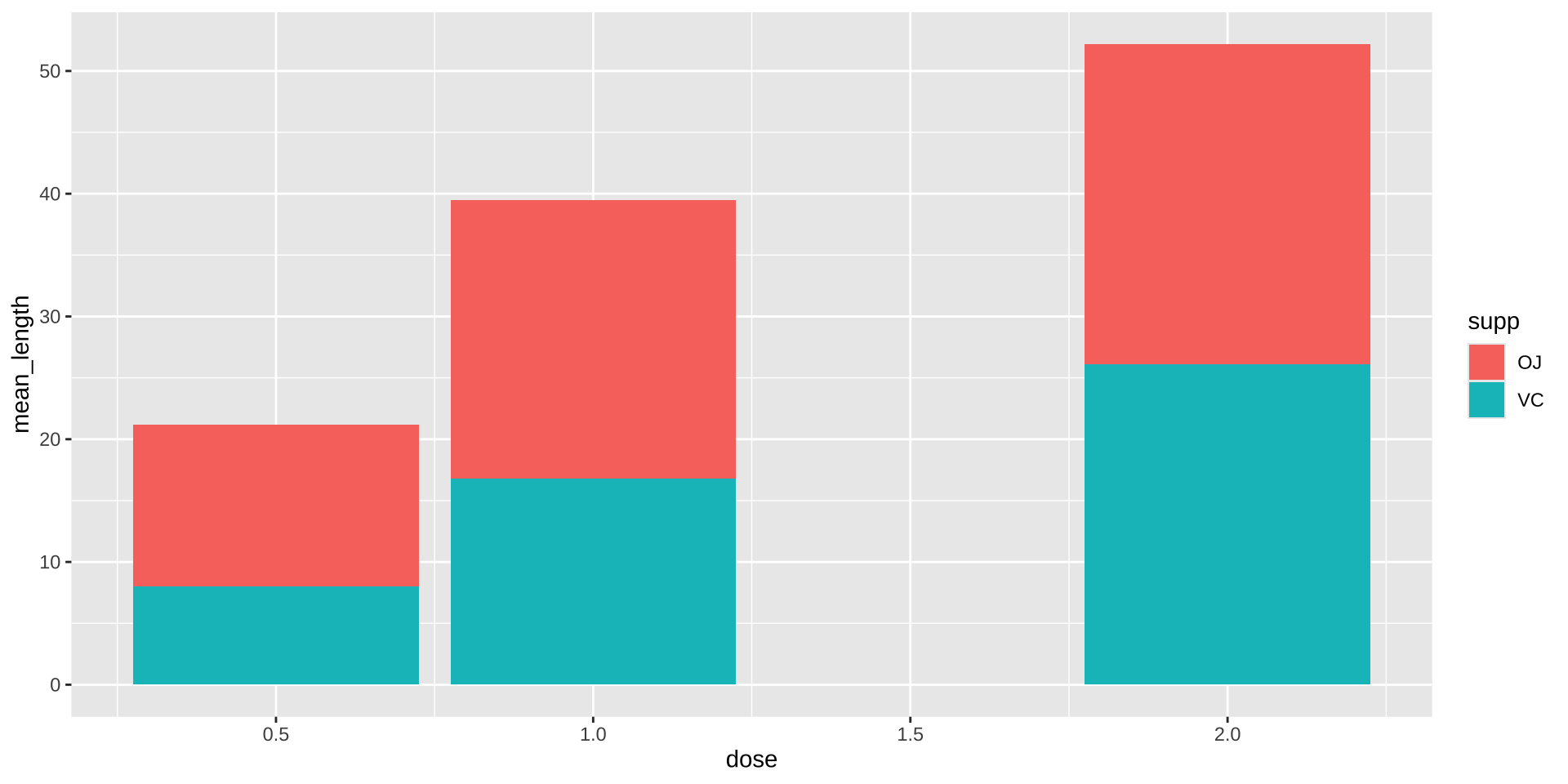
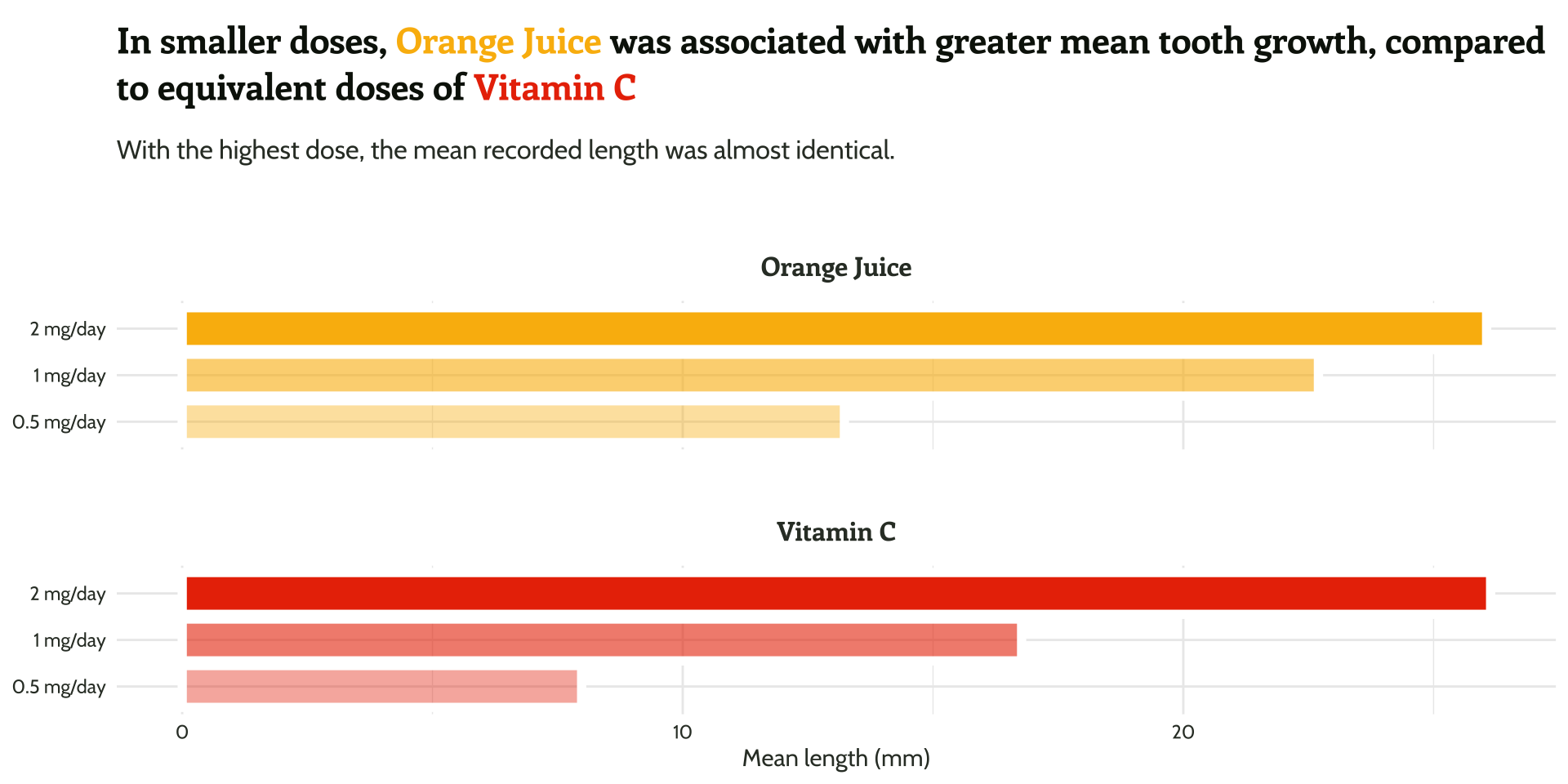
Tip
Do not rely on software defaults for font size, font type, colors, labels, text alignment, legend, etc. without intention.